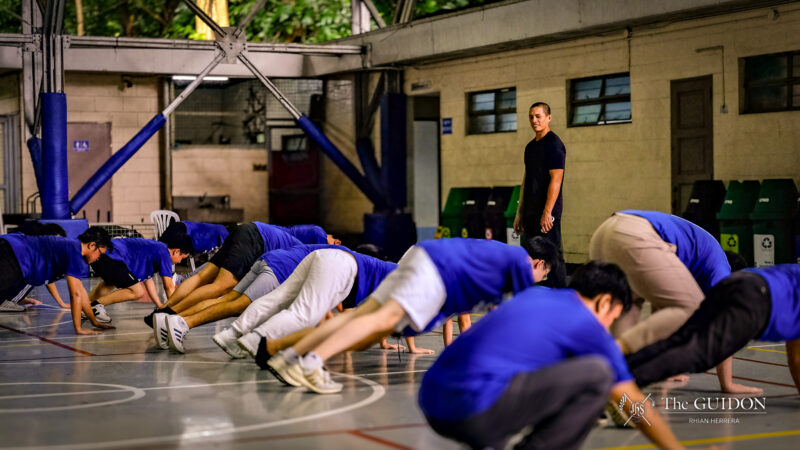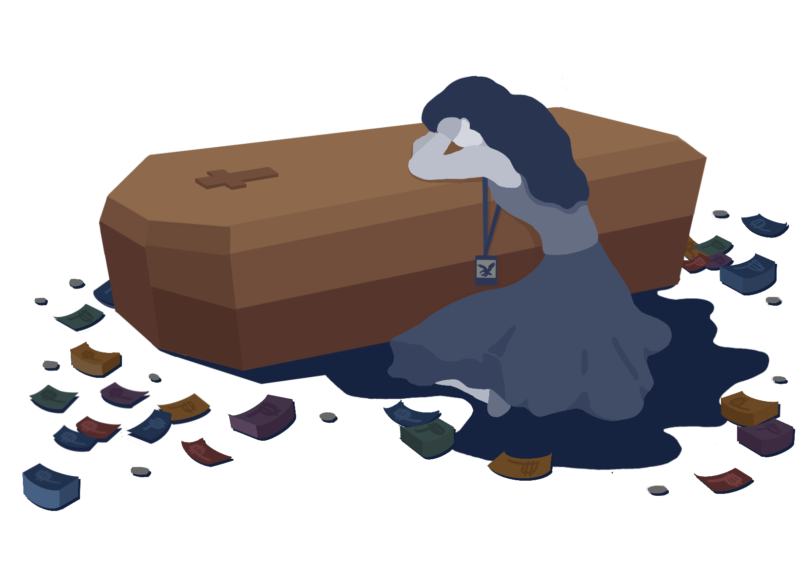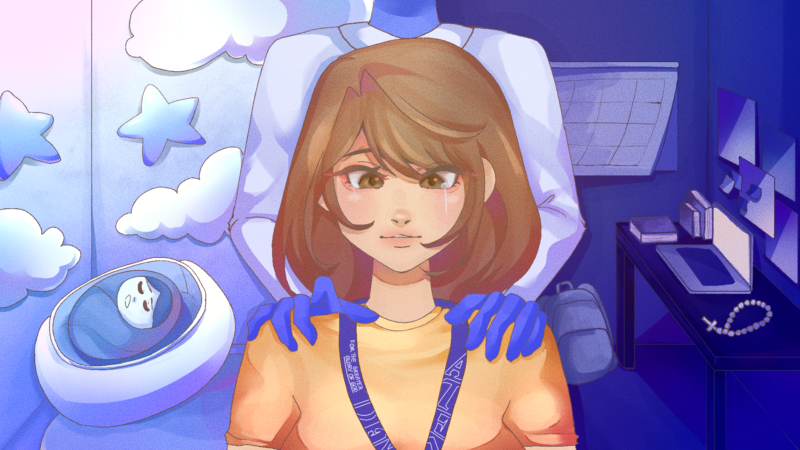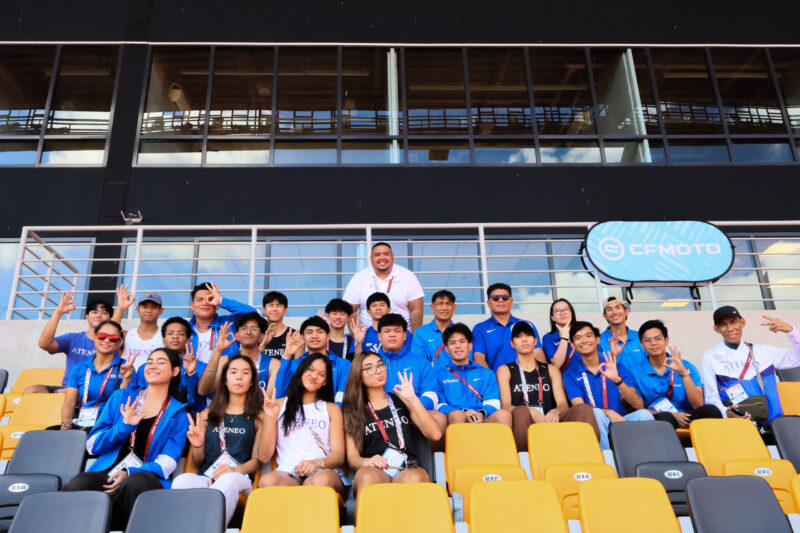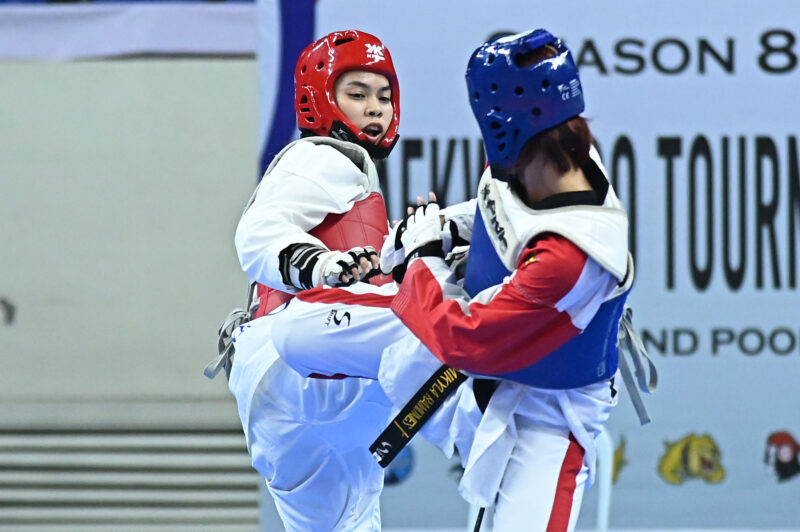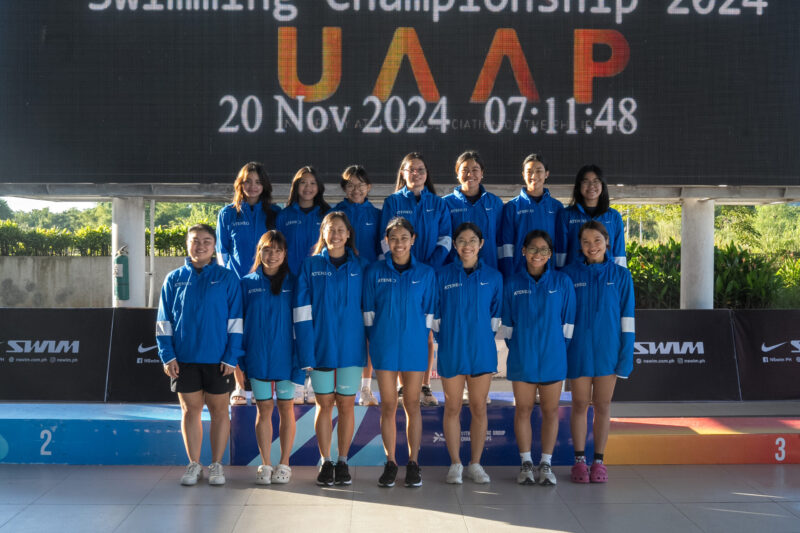MOST LONG and winding roads help lead students to a career in science. Whether for the sake of intellectual stimulation or a lifelong interest in the world around them, science students persevere in pushing the boundaries of man despite the adversities set by the online learning set-up.
However, the country is faced with losing the proper resources for students to pursue innovation and discovery, given the lack of investment and financial support from the national government. This proves to be detrimental for scientific hopefuls who will soon be faced with championing scientific progress in a post-pandemic landscape.
As Ateneo enters its second year of distance learning, School of Science and Engineering (SOSE) students in the Loyola Schools (LS) continue to deal with the physical distance’s roadblocks to their education.
An isolated set-up
Science students are currently subject to the rigors of the online science class setup. These make them vulnerable to the symptoms of what is known as “pandemic trauma,” an emerging phenomenon marked by the recurring series of distressing experiences that the COVID-19 pandemic brings. For LS community members, facing the anxiety and uneasiness that comes with the online learning setup—amid the raging health crisis—has left them feeling worn-out.
For students in the sciences, one likely culprit of fatigue is remote laboratory work. Jenna Escueta (1 BS HSc) is one student who has just come to grips with the conduct of online laboratory classes.
Escueta recounts how the strain carried by healthcare workers due to the onset of the COVID-19 pandemic cemented her decision to pursue a pre-medical degree. This signaled her to continue the legacy of her physician godmother and health workers at large.
Escueta is among the many SOSE students who are bound by the restraints of online learning. As a student in a SOSE program, she faces a particularly daunting challenge: Conducting remote laboratory work for her General Chemistry 1, Laboratory (Chem 21.12) class, which allows her to place chemical theory into practice.
Prior to starting the academic year, Escueta was assured that she could carry out remote laboratory activities through her Lab@Home Kit. These kits provide students with the necessary laboratory apparatus such as thermometers and erlenmeyer flasks, along with the necessary chemicals like hydrochloric acid.
Nonetheless, such kits are no panaceas. Escueta laments not being able to use the kit in the earlier phase of the semester, instead needing to rely on videos of the experiments being conducted. In these instances, she finds it difficult to accomplish worksheets since they probe into sensory details such as the texture of objects in the experiment.
“It’s really tiring to be honest. I’m really exhausted at this moment, but it’s also fun and I’m also happy because I get to experience those [remote laboratory] things. We know that if we will not challenge ourselves, we will not learn anything at all,” she mentions.
These struggles have become increasingly familiar for students like RM Mendoza (4 BS BIO), whose laboratory classes don’t provide him with kits in the first place.
Steadfast in his desire to follow the footsteps of his parents who are physicians, Mendoza has stood firm in pursuing a Biology degree ever since entering the Ateneo.
However, laboratory courses under the Biology Department lack the appropriate kits to carry out the necessary activities at home. Thus, Mendoza has to make do with virtual laboratory simulations instead to earn full credits for his major laboratory courses. During these, Mendoza is able to tinker with laboratory apparatus online as he would in a physical setup.
Consequently, Mendoza asserts how sub-par these virtual simulations are, as they fail to provide troubleshooting scenarios eventual in physical experiments. To his dismay, such setbacks may prove consequential for his future laboratory works in medical school.
“Some of us are aspiring to be biologists and not doctors, but if wala kaming (we don’t have) lab experience during college, it would be quite hard to adjust in the graduate school setting,” he explains.
Beaker half full
According to SOSE Sanggunian Representative Rika Cruz, other SOSE students sound similar learning woes as they continue to experience laboratory work inconveniences like finding suitable areas to conduct their experiments. Afterwards, students must also go through the arduous task of discarding chemical solutions in the proper disposal areas.
Despite SOSE students’ best efforts, they lament how their remote laboratory work may still result in imprecise and inaccurate findings as they are often left unsupervised throughout the process.
Cruz says that several factors may have swayed the school’s decision to waive the distribution of the Lab@Home kits among Biology courses. Among others, these include the exorbitant cost of integral biology equipment and the deadly threat of pathogens being studied under an uncontrolled environment.
To counter misses set by virtual laboratory simulations, Mendoza acknowledges how such simulations still help students make sense of certain laboratory processes.
Escueta shares mutual sentiments. She remains indebted to the school as being one of the few colleges in the country that equip students with laboratory kits. To show her appreciation for these laboratory kits, she even featured a video showcasing the contents within these kits on her YouTube Channel.
Nevertheless, the kits are nothing more than alternatives for physical laboratory work and are likely to remain until the resumption of face-to-face classes. SOSE Dean Raphael Guerrero, PhD states, “This is really the best situation that we can provide given health protocols and safety concerns.”
However, he acknowledges that SOSE has gone a long way in creating remote laboratory experiments that satisfy the expected laboratory outcomes using the minimum resources possible. These are sourced either through the kit’s materials or those that are ubiquitous at home like pales and water bottles.
The nationwide scope
Long before the onset of the COVID-19 pandemic, the Philippines has borne the brunt of an underdeveloped science sector. The lack of foreign and local investment—as well as the scarce attention given by the national government in the sciences throughout the years—is indicative of science as a priority in the country. This lackluster assistance likely deteriorates a culture of science needed to trail students into a career in the field.
Despite the limited budget, Guerrero expresses that being given a budget on science and technology is already reason to celebrate. He believes that “the Philippines is not exactly a rich country, and we’re very lucky to even be having a budget on science and technology.” Guerrero continues to say that it’s best to stay realistic regarding the extent of government support.
Guerrero asserts the steadfast support given by the Department of Science and Technology (DOST) to promote science education in SOSE. For one, research facilities and access to high-level equipment in SOSE were mostly sourced from government-funded projects.
This, he mentions, is also credited to private institutions’ streamlined processes when purchasing new equipment. Majority of scholarship programs under SOSE are funded by the DOST—something Guerrero says is characteristic of the latter’s concern over science and engineering education.
The chronic challenge, then, is to nurture and develop a scientific culture in the country. Guerrero voices how this can be realized through modern-day Science, Technology, Engineering, and Mathematics (STEM) champions who help cultivate an interest in the sciences despite these setbacks.
He says, “We have heroes already but they are not as well known as our other heroes in sports and show business, so I think we really need to work on developing a culture of science and an appreciation for people who work for society through science and technology.”
While STEM champions have yet to come to the fore, many of their influences are already reflected in students like Mendoza and Escueta, who aim to keep the legacy of science alive. To maximize their potentials, they may soon take part in a blended learning set-up, which Guerrero mentions is “an active level of discussion” at the dean’s council in the SOSE.
Guerrero adds, “We realized early on that nothing will be the same even after we’ve considered the pandemic to be over. But we have learned so much for the online setting, what works, what doesn’t work. And the hope is that with the mechanisms that will work, we will continue to apply these frameworks.”
Just as braving the online set-up was unchartered territory, so too is the future of science education. Whether or not blended learning proves to be a success is dependent on students who have been looked on as lab rats to test the waters of a post-pandemic landscape.


